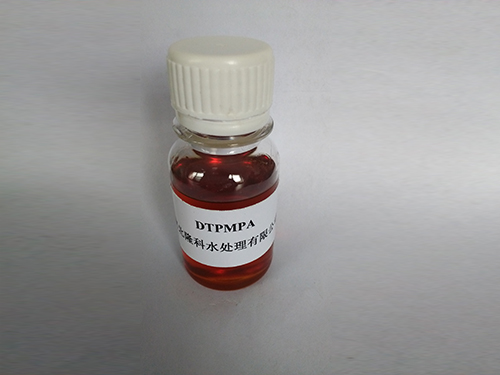Understanding the Properties and Applications of Poly Aluminum Chloride in Water Treatment
Poly Aluminum Chloride An Overview
Poly Aluminum Chloride (PAC) is a widely used inorganic polymer coagulant in various water treatment processes. Its effectiveness in purifying water has made it an essential compound in municipal, industrial, and agricultural settings. This article explores the composition, properties, applications, and benefits of Poly Aluminum Chloride.
Composition and Properties
Poly Aluminum Chloride is a complex mixture of aluminum hydroxide and aluminum chloride. It typically has the general formula Aln(OH)mCl(3n-m), where 'n' represents the degree of polymerization. The production of PAC involves the hydrolysis of aluminum chloride in water, resulting in a polymeric structure that enhances its coagulation properties.
One of the defining features of PAC is its variable basicity, which can be manipulated during manufacturing. This property allows it to be tailored for specific applications, making it a versatile coagulant. PAC is often perceived as having a superior coagulating ability compared to traditional coagulants like aluminum sulfate, especially in low-turbidity waters. Its high solubility and low sludge production are further attributes that enhance its appeal in water treatment applications.
Applications
The primary application of PAC is in water treatment processes, including drinking water purification, wastewater treatment, and sewage treatment. In drinking water plants, PAC is used to remove impurities such as suspended solids, organic matter, and microorganisms, ensuring potable water quality. Its effectiveness in a wide pH range allows it to be used in diverse water conditions.
In industrial applications, PAC is utilized in paper manufacturing, textile processing, and oil drilling. In paper production, for instance, it aids in the retention of fiber and improves drainage. In the textile industry, PAC helps in dye fixation and the removal of color from wastewater.
poly aluminum chloride

Furthermore, PAC has found its use in the food industry, specifically in processing certain beverages and in sugar refining. Its ability to clarify drinks and stabilize solutions makes it a valuable additive.
Benefits
The use of Poly Aluminum Chloride offers numerous advantages. Firstly, it is highly efficient at low doses, which helps to reduce the operational costs in water treatment facilities. The formation of larger flocs results in easier separation and reduced filter clogging, enhancing the overall efficiency of treatment processes.
Secondly, PAC generates lower volumes of sludge compared to traditional coagulants, making disposal easier and less costly. This characteristic is particularly beneficial in large-scale operations where waste management is a significant concern.
Lastly, PAC is more environmentally friendly than some of its counterparts. It can operate effectively under varying water conditions and is less likely to contribute to the formation of harmful byproducts during treatment.
Conclusion
In conclusion, Poly Aluminum Chloride is an essential chemical in the realm of water treatment and numerous industrial processes. Its unique properties and versatile applications make it a preferred choice for many organizations seeking to improve their water quality management practices. As environmental concerns continue to rise, the demand for efficient and eco-friendly coagulants like PAC is likely to increase, confirming its vital role in sustainable water management strategies.
-
Water Treatment with Flocculant Water TreatmentNewsJun.12,2025
-
Polymaleic AnhydrideNewsJun.12,2025
-
Polyaspartic AcidNewsJun.12,2025
-
Enhance Industrial Processes with IsothiazolinonesNewsJun.12,2025
-
Enhance Industrial Processes with PBTCA SolutionsNewsJun.12,2025
-
Dodecyldimethylbenzylammonium Chloride SolutionsNewsJun.12,2025





